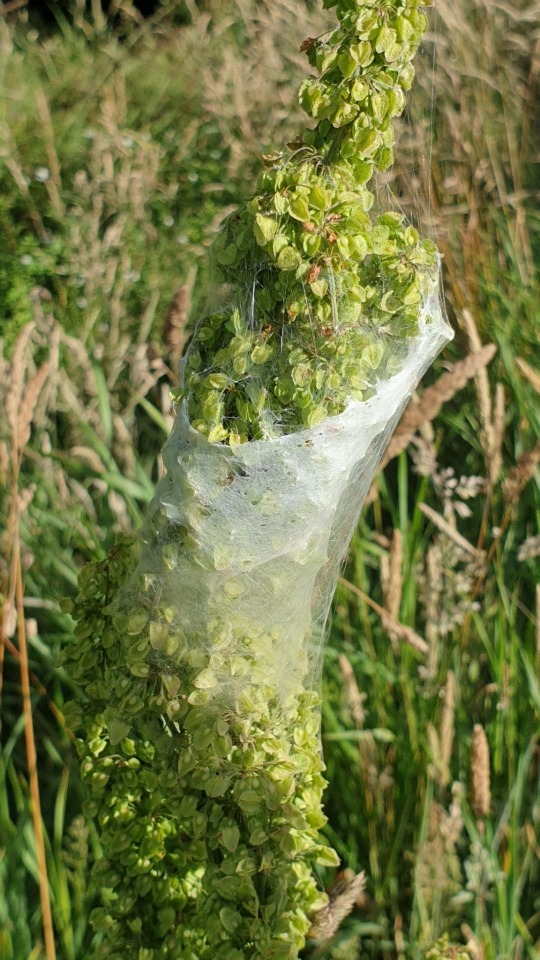#otariidae
Explore tagged Tumblr posts
Text
Today's Sea Lion Is: Making Contact With An Unknown Beast
50K notes
·
View notes
Text

A Galapagos sea lion (Zalophus wollebaeki) sleeping in Galapagos, Ecuador
by Tim Matthews
#galapagos sea lion#sea lions#pinnipeds#zalophus wollebaeki#zalophus#Otariidae#pinnipedia#carnivora#mammalia#chordata#wildlife: galapagos#wildlife: ecuador#wildlife: south america
8K notes
·
View notes
Text
lots of seals (and sea lions)

1K notes
·
View notes
Text

Leaping California Sea Lion
11 notes
·
View notes
Text




California Sea Lion pup (Zalophus californianus) - (c) SaritaWolf - please do not repost
8 notes
·
View notes
Text
The Great ACT-NSW-NZ Trip, 2023-2024 - Shag Point
Late Cretaceous mudstones and sandstones, and bituminous coal, now eroded into headlands, a convinient natural boat harbour, and multiple unmarked mineshafts which are not convinient at all.






Māori extensively settled the area in the 15th Century, and one important tradition holds that a double-hulled trading canoe ran into a storm off the coast here, with the cargo washed ashore and petrified into the famous Matakaea boulders, and less symmetrical boulders around the point and beachs here. They're mudstone concretions, many of them formed around fossils, and in one case around a eight-meter long elasmosaur.
The point is also noteworthy for plant species more normally found in alpine and subalpine grasslands.
Shag Point, Aotearoa New Zealand
4 notes
·
View notes
Text

Sea Lion, Our Living World, Vol. I (1885) - Rev. J.G. Wood
*Digitally restored by Molly Wilders, from scans uploaded to Biodiversity Heritage Library
#Wonder Rooms#Cabinet of Curiosities#L Prang & Co#Public Domain#19th Century#Rev J G Wood#Joseph B Holder#Our Living World#Scientific Illustration#Natural History#Zoology#Animalia#Mammalia#Carnivora#Otariidae
0 notes
Text




#poll#Class: Mammalia#Order: Carnivora#Family: Otariidae#Genus: Zalophus#Zalophus Californianus#Range: Nearctic#Range: Neotropical
43 notes
·
View notes
Text

And relax … a sea lion joins in on a beach siesta on San Cristóbal island, Galápagos, Ecuador -Photograph: Anadolu/Getty Images
click image for more Week in Wildlife photos.
#ecuador#san cristóbal island#sea lion#cla: Pinnipedia#fam: Otariidae#Zalophus wollebaeki#wildlife photography
3 notes
·
View notes
Text

tghis is what its all about.
he has too much power
#Thank you user awooooooooo for sending us this one. his power is sickening#not daily#otariidae#california sea lion#seal art
33K notes
·
View notes
Text

Today's Fur Seal Is: Woolly Caterpillar
6K notes
·
View notes
Text

An Australasian fur seal (Arctocephalus forsteri) and suckling pup on Karta Pintingga, Australia
by Charles Sharp
#australasian fur seal#eared seals#seals#pinnipeds#marine mammals#arctocephalus forsteri#arctocephalus#otariidae#pinnipedia#carnivora#mammalia#chordata#wildlife: australia#wildlife: oceania
114 notes
·
View notes
Text
stares at u
via
334 notes
·
View notes
Note
Now Im curious what seals are the other panic guys???
(note when i say seal for seal assignments i am referring to seals as in clade pinniped, including true seals, sea lions, fur seals, and walruses)
sooooo i think brendon is a california sea lion because he really just feels like he needs external ear flaps. spencer is a northern fur seal. jon feels very south american fur seal. very otariidae band and i don’t know why
#if i HAD TO give ryan a seal though he’d probably be a ribbon seal but otherwise a very otariidae coded band panic is#actually i take it back ryan is a saimaa ringed seal. dallon is a ribbon seal.
3 notes
·
View notes
Text

California Sea Lion (female) (Zalophus californianus) - (c) SaritaWolf - please do not repost
5 notes
·
View notes
Text
The Great ACT-NSW-NZ Trip, 2023-2024 - Otago Peninsula Eco Restoration Alliance
While in Dunedin we spent the better part of a day out towards the tip of the Otago Peninsula, via a tortously convoluted road that followed the shoreline where the heart had been chewed out of the Dunedin Volcano. There were a couple of things out that end of the Peninsula that @purrdence and I wanted to see - the OPERA eco-reserve where I was hoping to see Yellow-eyed Penguins, and the Little Penguin rookery and Royal Albatross rookery that I'll cover seperately.
I wasn't in the OPERA Reserve for long - they can only handle so many visitors at a time so they had to keep everybody moving - but I still saw a good range of stuff. Including species familiar to me from back in Perth :/

















#new zealand moth#fur seal#sealion#new zealand mammal#Otariidae#Phocarctos#sea lions#sea lion#marine mammal#Eudyptula#little penguin#fairy penguin#penguin#new zealand bird#seabird#Spheniscidae#new zealand insect#Orthoclydon#Flax Window-Maker#geometridae#Arctocephalus#Pales#new zealand fly#Eudonia#Crambidae#Calliphora#calliphoridae#introduced species#australian fly#Ichneutica
2 notes
·
View notes